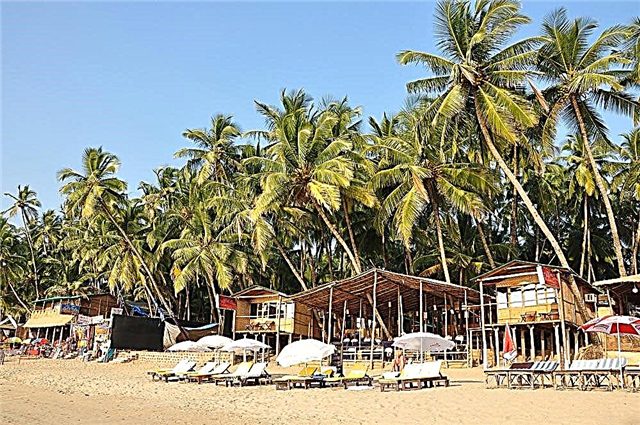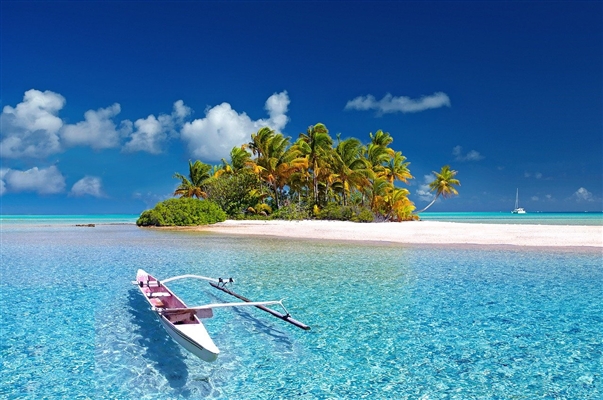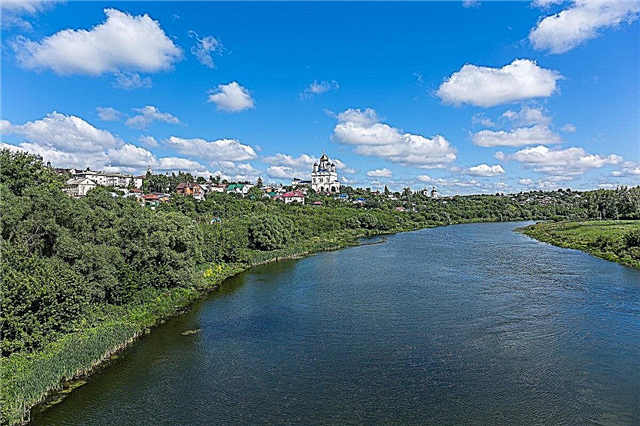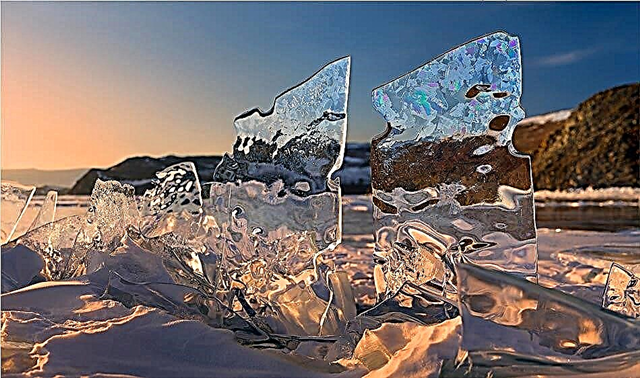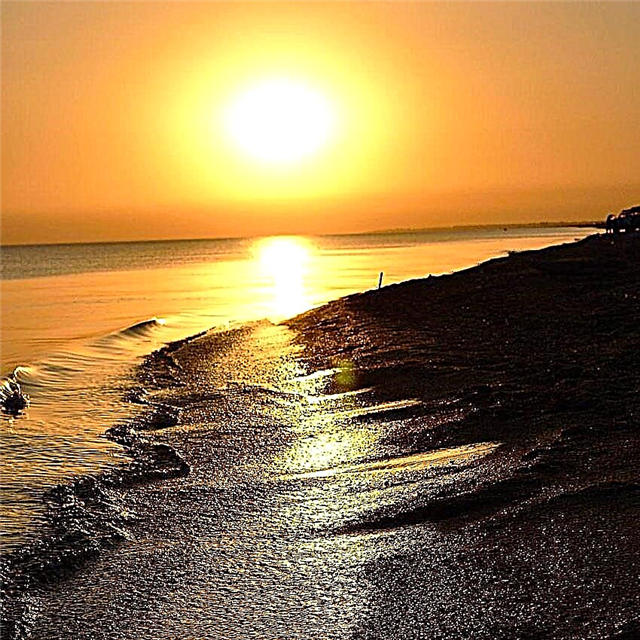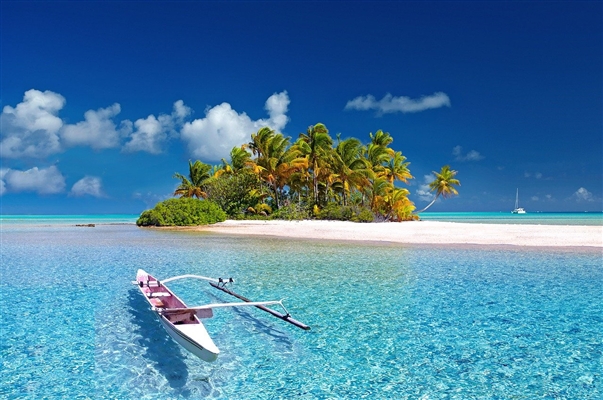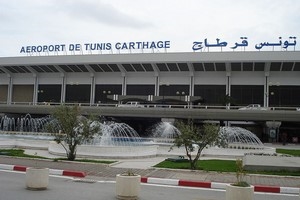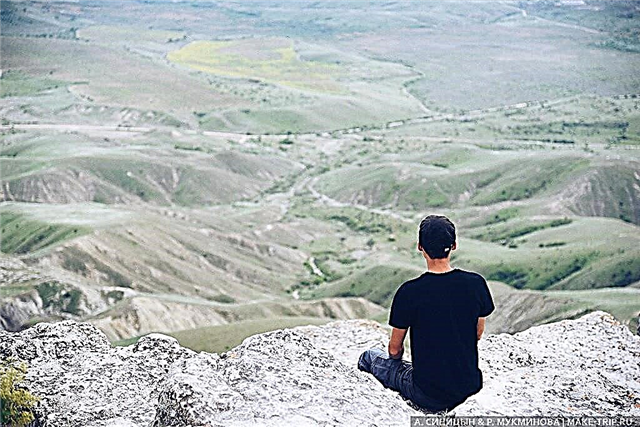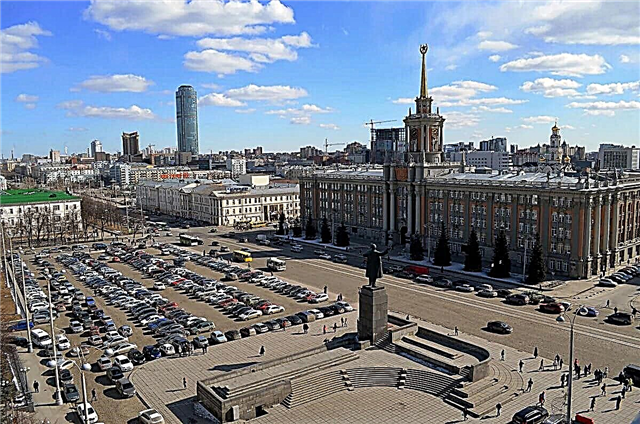The Sverdlovsk region is located to the west of the center of Russia, the territory is 194 800 km², the population is 4325 thousand. The Ural Mountains are the stone belt of Russia, the longest, oldest, rich in minerals. There are 4 thousand enterprises in the region: mining and processing minerals, metallurgical, machine-building, defense. Under the USSR, the region was closed for the entry of foreigners.
The nature of the Urals is diverse, there are rivers, lakes, mountains, rocks, caves, waterfalls, springs of healing water. Many cities in the Sverdlovsk region arose from workers' settlements at factories in the 18th-19th centuries. Historical monuments have been preserved in the cities, Orthodox shrines have been restored, monuments to the heroes of our days have been erected. The region has tourist routes, places for winter and summer recreation.
The largest cities of the Sverdlovsk region
List of the largest cities in terms of population in the region.
Yekaterinburg
The capital of the Urals. Named after the Empress, renamed Sverdlovsk in 1924, the name returned in 1991. Founded in 1723 on the Iset River, as an iron-smelting plant. In 1918, the life of the Russian emperor and his family ended in the Ipatiev House, now on this place is the Church on the Blood. The city has 600 monuments reflecting the history of the glorious city.
Population - 1 493 749 people (2020).

Nizhny Tagil
The settlement arose in 1722 at a cast iron factory founded by the Demidovs. Since 1919 it has been a city. The industrial center of the Urals. In 1929, the Uralvagonzavod was opened, during the war years, T-34 tanks were produced. Here is a museum of armored vehicles. An interesting museum of tray craft is the Khudoyarov House, the Museum of Fine Arts, the Old Demidov Plant Technopark.
Population - 362 thousand people.

Kamensk-Uralsky
In 1682, iron ore was found on the banks of the Kamenka, the land belonged to the Dalmatovsky Monastery. The first metallurgical plant was built in 1701. Founded as a settlement, city - since 1935. The plant "Pyatkov and K" produces bells for churches, a festival of bells is held. Creations of nature: Stone gate, Kodinsky warm key, mysterious Smolinskaya cave.
Population - 169 thousand people.

Pervouralsk
History from 1702, iron ore was found near the Volchikha Mountain. In 1730, Vasily Demidov erected a cast iron factory on the Shaitanka River. Since 1933 it has been a city. The pipe plant has been operating since 1934. An obelisk has been erected - a symbol of the Europe-Asia border; there is a historical museum. In the vicinity: the natural park "Deer Streams" with grottoes and the Serga river, the Platonida spring with healing water.
Population - 150 thousand people.

Serov
It arose in 1894 as a settlement at a steel rail plant on the banks of the Kakva River. Since 1919 - the city of Nadezhdinsk, since 1939 - Serov. In 1930, the plant mastered the production of high-strength steel. In 2007, the Church of the Transfiguration of the Lord was opened with a huge iconostasis. The city has unusual monuments - the water tower of the factory and the often visited "Book of Desires".
Population - 97 thousand people.

Novouralsk
Nuclear Industry Center. History - since 1946, ZATO status - since 1954. From 1973 to 1994, the uranium enrichment plant was the only one in the USSR that provided foreign supplies. Monuments of the city: the stele to the creators of the city, the Eternal Flame memorial, the Seraphim-Sarov temple (created for the gathering of residents). In the district there is a unique natural monument “Bunar Idols”.
Population - 81.2 thousand people.

Upper Pyshma
History - since 1854, it emerged as the village of Medny Rudnik. There was a copper mine and a factory here. The city's status and name are in 1946. In 1999, 30 "copper" enterprises became a single Russian holding. An interesting open air museum of military equipment with an exposition of tanks from the 1940s. In the vicinity - "Ganina Yama" with seven temples according to the number of dead members of the royal family.
Population - 58.7 thousand people.

Asbestos
Located next to the asbestos deposit. History - since 1889, when A.P. Ladyzhensky discovered deposits of chrysotile-asbestos. The village of Koudelka in 1928 was renamed Asbest, the city - since 1933. The asbestos quarry exceeds the area of the city and is the main attraction. The Victory Memorial, the monument to A. Ladyzhensky was opened. Victory Alley with fountains is a place of rest for the townspeople.
Population - 64 thousand people.

Revda
It arose as a settlement, a city - since 1935. History since 1730, with the construction of an iron-smelting plant on the Revda River. Roofing sheets from the Revda plant cover the roof of Westminster Abbey. There are interesting places in the city and its surroundings: Starik-Kamen rock, Volchikha mountain with a famous ski center, Kabalin warm springs with non-freezing water.
Population - 62.3 thousand people.

Polevskoy
The stories of P. Bazhov are based on the history of these places. In 1718, the Gumshevsky copper mine was opened. The village was destroyed by an attack by the Bashkirs, and in 1722 a factory with a fortress wall was built. The city and the surrounding area are interesting: a special chapel made of cast iron, Mount Dumnaya, from where you can see all the surroundings, Mount Azov with two peaks, according to legend, the "Mistress of the Copper Mountain" lives in the cave.
Population - 61.3 thousand people.

Berezovsky
In 1745, a villager Erofei Markov found quartz with gold. Since 1748, a gold mine has been put into operation, and since 1757, a washing plant. The mining of gold, silver, minerals, ornamental stones is carried out now. The Kremlin stars are made here. Interesting: a private underground gold museum, a museum of the gold-platinum industry, a monument to the discoverer of gold.
Population - 58.7 thousand people.

Krasnoturinsk
History - from 1758. Several villages formed the settlement of Turinsky Rudniki. Bauxites were discovered in 1931, in 1940 an aluminum smelter was put into operation. City status and name - since 1944. Built with the help of exiled and ethnic Germans from the Volga region. Sightseeing: Mount Konzhakovsky Kamen, with mountain routes and competitions, Geological Museum.
Population - 56.5 thousand people.

Forest
A closed city, history is connected with a uranium plant. The working village of Sverdlovsk-45 became a city in 1954. Was not listed on maps. Since 1994 - the name Lesnoy. Interesting places: the building of Workshop 001, where a magnet is stored (weight 6 thousand tons, length 21 meters), amazing reinforced concrete eggs - former secret objects, the Temple of Simeon of Verkhotursky - was built at the gathering of the townspeople.
Population - 49 thousand people.

Verkhnyaya Salda
In 1778 - a settlement at the N.A. Demidov on the Salda River. Since 1938 it has been a city. In 1957 - production of titanium, in 1997 - production of parts for Boeing. The SEZ "Titanium Valley" was created. Sightseeing: Church of St. John the Evangelist with unique domes, city park and lake in the city center. Nature rich in gifts: rivers, lakes, forests.
Population - 42 thousand people.

Kachkanar
Located at the Kachkanar mountain, the youngest city. The mining and processing plant and the settlement were built in the 1950s (all-Union Komsomol construction site). City status - in 1968. The plant is the main enterprise for processing and beneficiation, the ore contains metals: gold, platinum, vanadium, titanium. Sightseeing: Temple of the Icon of the Mother of God, Mount Kachkanar with two peaks and rocky outcrops.
Population - 39 thousand people.
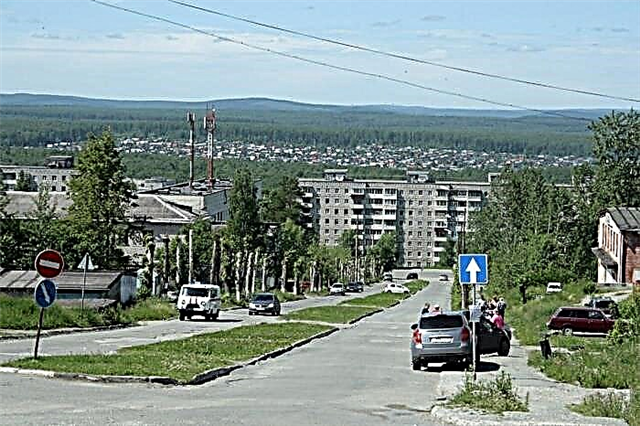
Krasnoufimsk
History - since 1736, a fortress was founded from the raids of the Bashkirs on the banks of the Ufa River. City - since 1781. Since 1930 it has been the center of agriculture. In 1933, a breeding station was opened, its results - new varieties of grain. Places of interest: Alexander Nevsky Church, First Cossack Hut, Seven Brothers Rocks, Aleksandrovskie Sopki, Sokolov Kamen reserve.
Population - 38 thousand people.
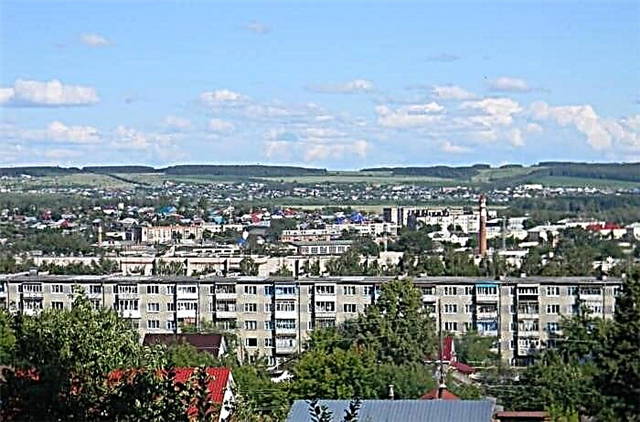
Alapaevsk
Was a village in 1704 on the Alapaikha River. In 1828, a metallurgical plant was launched on the Neiva River, producing roofing iron, known all over the world. In 1941, a machine-tool plant was put into operation.Notable places: Holy Trinity Cathedral on Cathedral Square, Catherine's Church, a man's monastery at the site of the death of the royal family.
Population - 37.5 thousand people.

Irbit
Since 1632 - a settlement on the Irbiti River, in 1643 - a center for trade in furs, fabrics, and products from local metal. Since 1939, mechanical engineering and building materials factories have been operating; in 1941, motorcycles for the front were produced here. Sightseeing: the Passage building (mini-GUM of Moscow), the motorcycle museum, Ostrog - the city's foundation, the Ural art museum.
Population - 37.4 thousand people.

Dir
Since 1773 - a settlement at a cast iron factory on the Rezha River. Since 1849 - production of roofing iron. In 1935, a nickel plant started operating - using local nickel ore. City - since 1943. Sightseeing: Church of John the Baptist, Mineralogical Museum of Gems. In the vicinity: a natural mineralogical reserve, the Breakout Spring spring, the Five Brothers rocks.
Population - 37 thousand people.

Sukhoi Log
The history of the settlement - from 1710, the city - from 1943. Since 1912, the railway has given impetus to the industry, in 1913 - the construction of a cement plant. In 1935, a large-scale production - the Asbestos-cement plant, the production of non-ferrous secondary metals - since 1942. Interesting: The Temple of the Epiphany, the Museum of History and Local Lore, the Three Sisters rock, the Shata waterfall.
Population - 33 thousand people.

Tavda
Located on the Tavda River. History - since 1917. In 1929 a timber processing plant was opened. In 1932, a thermal power plant and a sawmill were launched. Forests make it possible to specialize in the sawmill and woodworking industries. Places of interest: Church of St. Nicholas the Wonderworker, Museum of the Woodworking Industry, Center of National Cultures.
Population - 33.4 thousand people.

Artyomovsky
Founded on the Bobrovka River in 1665. Development - since 1871, deposits of anthracite coal have been discovered. In 1913, the construction of the GRES was started, and in 1920 it was resumed within the framework of the GOELRO program. Bombs were fired during the war. Famous places: Church of the Holy Prophet of God Elijah, monuments to the Steam Engine and Tank, Historical Museum. A striking natural monument - the unique Written Stone.
Population - 30 thousand people.

Bogdanovich
Located on the Kunara River. The history of the railway station is from 1885. Since 1947 it has been a city. The first production facilities were in the 1930s: an impregnation and refractory plant. The city's factories specialize in the production of building materials. Interesting places: Literary Museum of Stepan Shchipachev, Museum of Local Lore, Kashinskoye settlement, nature reserve on Lake Kurtuguz.
Population - 29 thousand people.

Kushva
The history of the village - since 1735, is associated with the iron ore deposits near the Grace Mountain and the cast iron factory on the Kushva River. City - since 1925. In 1940, vanadium cast iron, steel and vanadium slag were first produced, used for the production of high-strength steel. Sightseeing: Church of Archangel Michael, Museum of Local Lore, Kushvinsky Pond, Grace Mountain.
Population - 28 thousand people.

Zarechny
Young city. History since 1955 - the construction of a nuclear power plant near the village of Beloyarsky (all-Union Komsomol construction). The Beloyarsk reservoir was built to cool the reactor, 4 power units were launched. City status - in 1992. Sightseeing: Church of the Intercession of the Holy Mother of God, Museum of Mineralogy, Stone Cutting and Jewelry Art with minerals from all over the world.
Population - 27 thousand people.

Karpinsk
The settlement of metallurgical workers - since 1770. The pig iron plant switched to copper smelting after the discovery of copper deposits. In 1939 - new quarries for the production of thermal coal. In 1941, the city of Karpinsk was formed, from the villages of Bogoslovsk and Ugolny. Notable places: Vvedensky Cathedral, Golaya Gora with an observation deck of the city, Museum of Local Lore.
Population - 26 thousand people.

Kamyshlov
It appeared as a settlement in 1668. Since 1781 - the status of the city. Fairs and agriculture are well developed. The railway gave an impetus to the development of industrial production: leather and flour mills. In 1958, a metalworking plant began its work. Famous places: Church of Mikhail Chernigovsky, Siberian tract, Pokrovsky Cathedral, 19th century merchants' mansions, P. Bazhov's house.
Population - 26 thousand people.

Severouralsk
It was formed in 1764 on the site of a settlement. An iron foundry was built, copper production developed with the discovery of the Turinsky deposits. In 1931, bauxite deposits were discovered. Since 1944 - a city, from the Old and Peter and Paul villages. Sightseeing: Peter and Paul Cathedral, Grunwald rocks with plants from the Red Book, Ice Cave, Museum of Local Lore.
Population - 26 thousand people.

Sredneuralsk
History - since 1931, the village of power engineers. The power plant was built and equipped for the first time without the participation of foreigners. During the war years, a mechanical plant (metalwork plant) began to work. In 1949, a new turbine generator was put into operation. Notable places: the Church of St. Nicholas Mir the Wonderworker of Lycia, Lake Iset, as a resting place for the townspeople, an observation deck on Lake Iset.
Population - 23 thousand people.

Nevyansk
The history of a large settlement dates back to 1701. From here the empire of the Demidov dynasty began to develop. Now the production of building materials and a cement plant are in operation. In the vicinity - gold mining at the Nevyansk quarry and kaolin for a ceramic factory. Interesting: the leaning tower, as a symbol of the city, the Transfiguration Cathedral, the Ascension Church with myrrh-streaming icons.
Population - 23 thousand people.


